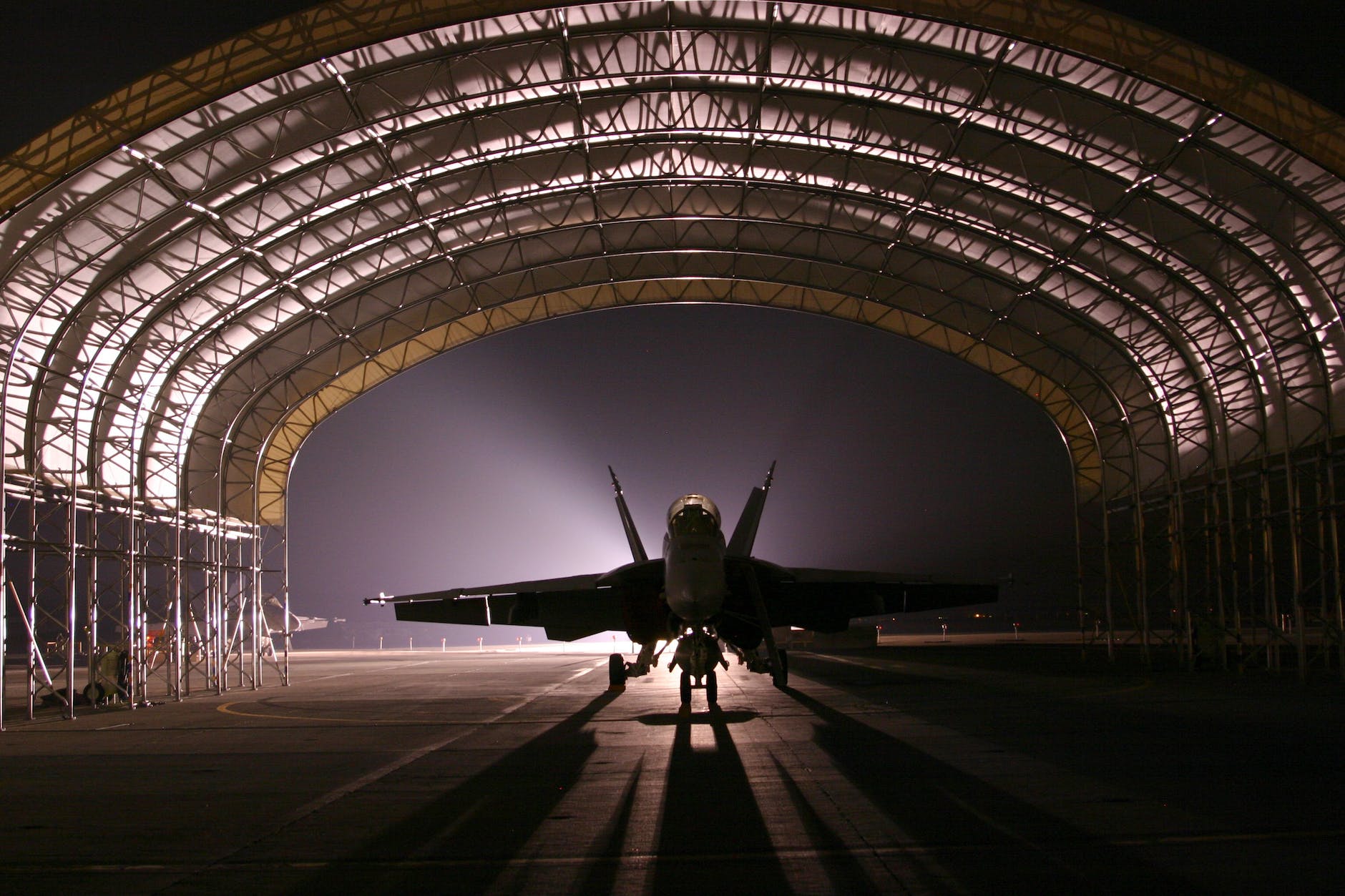The idea of civilians owning fighter jets may seem like an imaginative concept from a movie. However, it is a real possibility, albeit challenging and costly. This article delves into this fascinating topic, exploring the ethical considerations, procedures, and consequences of civilians having fighter jets.
Seriously… Is it possible?
In the United States, it’s legal to buy a decommissioned fighter jet, provided the buyer has the appropriate licenses and permits. They must justify the aircraft’s use beyond just leisure flying. The jet must undergo demilitarization, meaning its weaponry needs to be disabled. It’s important to note that laws differ across countries.
Join us on TELEGRAM for the Latest Aviation Updates fresh to your phone.

Some countries have stricter rules or even outright bans on civilians owning military aircraft. To own one, one must adhere to several laws and regulations, including securing the necessary permits and possessing the capability and infrastructure to maintain and operate the aircraft effectively.
Acquiring a Fighter Jet as a Civilian: The how

Your primary options include military surplus sales and private dealers specializing in such aircraft. The cost can significantly vary based on the jet’s model, condition, and rarity. Consideration extends beyond the initial purchase price. Maintaining and operating a fighter jet can be an expensive venture. Demilitarizing the jet is an intricate process, ensuring it is safe and compliant for civilian use.
Merely owning a fighter jet is insufficient. You also need the skills to pilot it. This necessitates a valid pilot’s license, and given the complex nature of flying a fighter jet, specialized training is crucial. Such training typically covers high-speed maneuvers, aerobatics, and model-specific emergency protocols.
Risks and Challenges of Civilian Ownership of Fighter Jets
Owning a fighter jet as a civilian brings unique risks and challenges. Beyond the financial investment, the upkeep of such an aircraft demands significant time, resources, and specialized knowledge. Additionally, piloting a fighter jet poses a higher level of risk, even for adept pilots. The incident rates for these aircraft are notably higher compared to standard general aviation planes. As such, safety is a paramount concern for prospective owners.
Who owns a fighter jet?

One notable individual who owns fighter jets is Don Kirlin. He has acquired 46 F/A-18 Hornets, which are equipped with advanced features such as the AN/AAQ-28 LITENING targeting pods and Joint Helmet Mounted Cueing Systems. These jets, bought from the Australian Royal Air Force, retain their original configuration, including the M61 Vulcan cannon. Kirlin’s Air USA also includes various aircraft like the Hawk jet trainers and L-39 Albatross derivatives, making it a highly advanced private air force.
In conclusion, while owning and operating fighter jets as a civilian is complex and expensive, it is indeed a reality. The process requires legal compliance, demilitarization, and significant financial investment for both acquisition and maintenance.
Sources
Youssef Yahya is the CEO and Founder of Aviation for Aviators. He also serves as the Chief-in-Editor of the platform’s website, where he shares his passion for aviation and provides valuable resources for aviation enthusiasts and professionals alike. His love for aviation and entrepreneurial spirit drive him to create innovative solutions, making Aviation for Aviators a unique resource in the aviation sector.
You might also like:
- Air Canada’s Bigger Planes Take Flight: Montreal-Cairo Route Resumes with 787-9 Aircraft
- Say No to Terrain Accidents – MSAW summarized
- Which airports have the shortest runways?
- After a Bankruptcy Lawsuit Filed against It Garuda Indonesia Reaches Agreement to Return 9 Boeing 737-800s
- Delta Air Lines Boeing 767 Evacuation Slide Deployed Accidentally at London Gatwick
Discover more from Aviation for Aviators
Subscribe to get the latest posts sent to your email.

